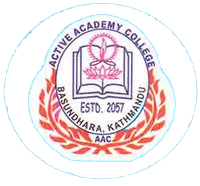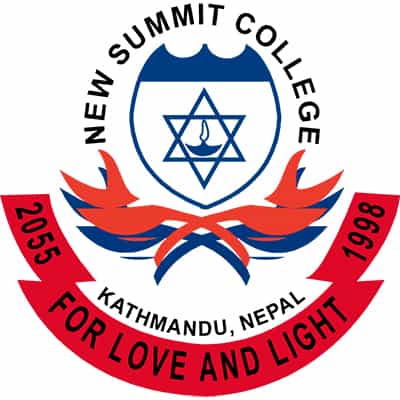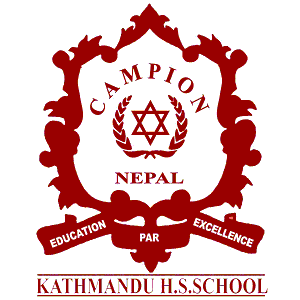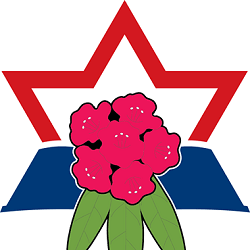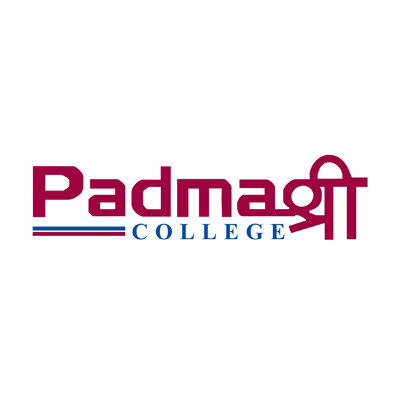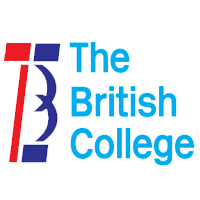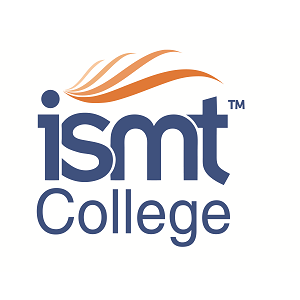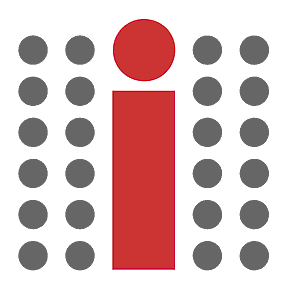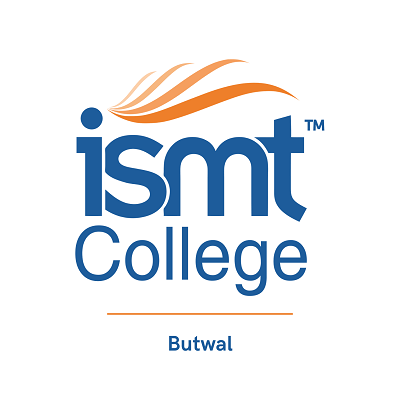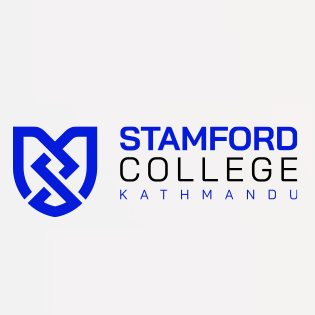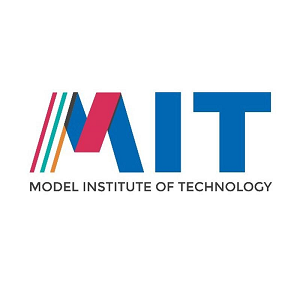Overview
Ten Plus Two (+2) Science at BST College, Gongabu, Kathmandu
Ten Plus Two (+2) Science at BST College in Gongabu, Kathmandu runs under the National Examinations Board (NEB) and accepts students after SEE who plan to study Physics, Chemistry, Biology, and Mathematics—or the Computer Science option. The college lists compulsory subjects (Nepali, English, Mathematics) and two optional sets: Physics–Chemistry–Biology or Physics–Chemistry–Computer Science.
BST College states a minimum eligibility for Grade XI Science of GPA 2.0 in SEE with at least a C+ in English, Science, and Mathematics. This threshold helps applicants self-check readiness before they apply.
The +2 program at BST started in 2062 B.S., and the institution references its school wing (Bishnumati Aawasiya Secondary School) founded in 2048 B.S., which explains the long-running school-to-college pathway many families prefer in Kathmandu’s northern corridor.
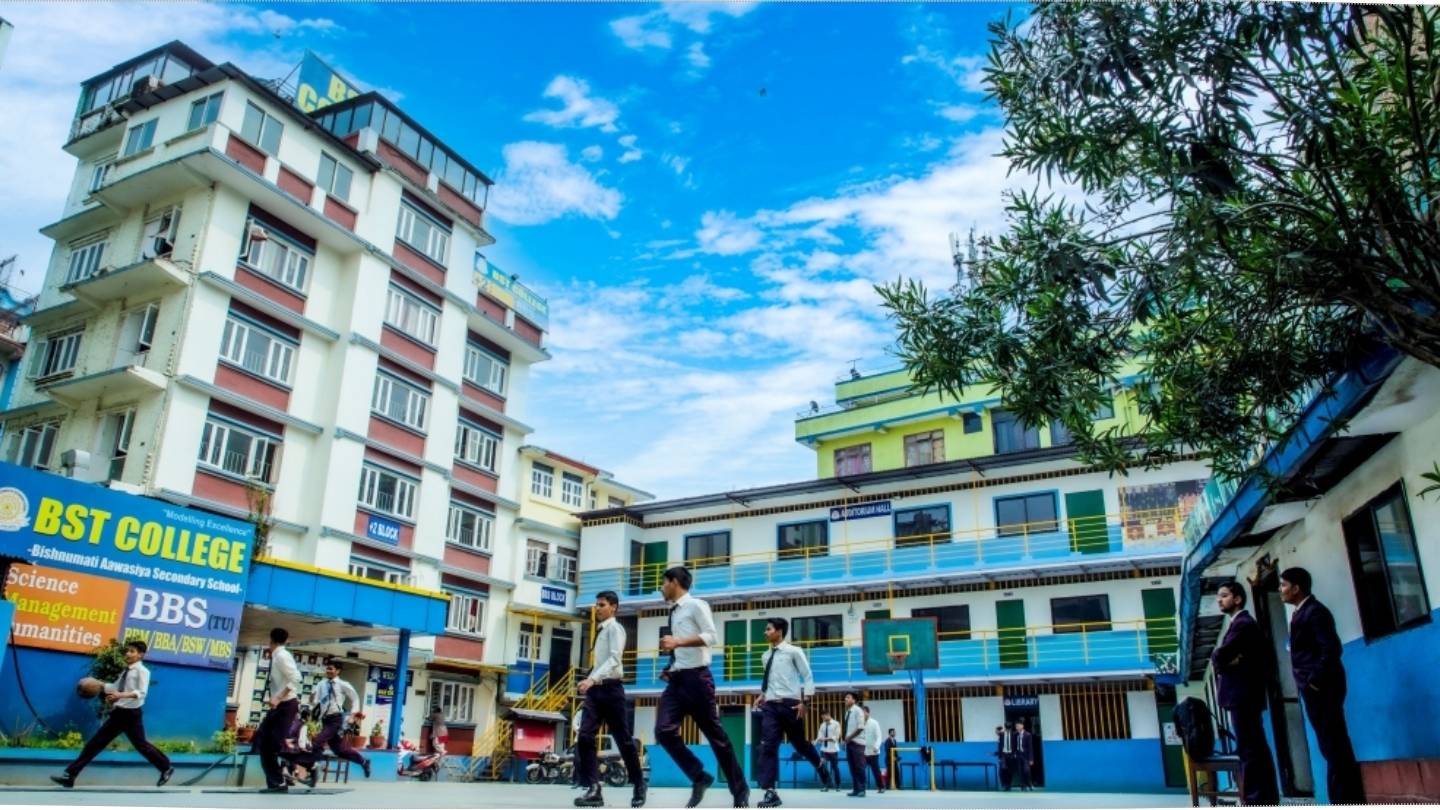
Highlights
-
Stream: NEB +2 Science (Grade 11–12) with two optional combinations: PCB or PCCS, plus compulsory Nepali, English, Mathematics.
-
Entry: Minimum GPA 2.0 in SEE; C+ in English, Science, Mathematics.
-
Facilities that support Science: dedicated Physics, Chemistry, and Biology labs; computer lab; library; auditorium; transportation; sports.
-
Admission window: opens after SEE publication; form submission through the information desk; entrance process as notified.
-
Scholarships: GPA-linked waivers; entrance topper full scholarship; support for needy and deserving students.
Curriculum Details
Subject structure at BST College
Grade 11–12 Science at BST follows the NEB structure with the college’s published combinations:
-
Compulsory: Nepali, English, Mathematics.
-
Optional Set I (PCB): Physics, Chemistry, Biology.
-
Optional Set II (PCCS): Physics, Chemistry, Computer Science.
Students select one optional set at admission. The combinations match what laboratories and teaching teams can support during practical sessions and terminal assessments.
How the two tracks differ in practice
The PCB path suits students thinking of medicine, pharmacy, biological sciences, and life-science research. The PCCS path supports students who lean toward computing, engineering, or data-centric fields while maintaining the Physics–Chemistry core. The college indicates active lab work in the three science laboratories and structured practical sessions that run in line with theory lessons.
Practical exposure and lab focus
-
Physics lab: core mechanics, optics, electricity, and modern instruments; exposure ranges from basic setups (pendulums, lenses, inclined planes) to specialized equipment such as spectroscopes and potentiometers. The college also mentions visits to hydropower and industrial sites to connect theory with field observation.
-
Chemistry lab: spaces allocated for introductory chemistry, organic chemistry, advanced modules, and instruments; emphasis on safe handling and effective lab routines.
-
Biology lab: microscopes (including trinocular models), basic microbiology kits, and guided excursions that help students relate laboratory learning to real specimens and environments.
Objectives
-
Build a clear base in Physics, Chemistry, and Mathematics so you can handle university-level STEM courses later.
-
Strengthen scientific thinking through structured experiments and short project tasks.
-
Improve academic writing and reading through Nepali and English so lab reports and exam answers stay clear and precise.
-
Help you choose an academic direction—medicine, engineering, computing, life sciences—early, with combinations that reflect those goals.
Scope
Graduates of +2 Science commonly apply to programs such as MBBS, BDS, Pharmacy, BSc Nursing, Engineering (Civil, Computer, Electrical, Mechanical), BSc CSIT, BIM, and general BSc streams. The PCB or PCCS choice helps admission committees see your orientation in Grade 11–12. The college’s lab provision and computer access support both routes so you can submit practical files and meet internal assessment schedules without last-minute gaps.
Learning Outcomes
By the end of Grade 12 Science at BST College, students typically:
-
Use Mathematics to handle physics numericals, basic statistics for lab data, and multi-step problem solving.
-
Explain core principles such as Newtonian mechanics, electrostatics, chemical bonding, kinetics, stoichiometry, cell biology, genetics, and ecology with correct terms.
-
Run standard practicals in Physics, Chemistry, and Biology, record observations, and draw reasoned inferences that match NEB practical rubrics.
-
Write short lab reports that show method, results, error sources, and safety notes.
-
Use basic coding or application tools where Computer Science is selected (PCCS), especially for logic, data handling, or simple simulations.
Skill Development Modules
-
Scientific method: hypothesis framing, observation, measurement, and error checking during practical work.
-
Numerical fluency: algebra, trigonometry, vectors, and functions for physics numericals and chemistry calculations.
-
Laboratory skills: apparatus handling, solution preparation, titration technique, microscopy, and record-keeping.
-
Communication skills: structured answers in Nepali and English, figure labeling, and concise conclusions in reports.
-
Digital literacy: file management, spreadsheet basics for data tables, and introductory coding for PCCS.
-
Field awareness: exposure visits (for example, hydropower, industrial sites, or biology excursions) that link classroom work with local context.
Teaching Methodology
Science at BST is run through regular classroom periods, lab practicals, and guided reading in the library. The auditorium hosts talks and academic events that extend the syllabus with expert perspectives when scheduled. Students prepare practical files in each lab subject and complete internal assessments set by the departments. Facilities listed by the college—auditorium, science labs, computer lab, and library—create the setting for lectures, demonstrations, and small-group work.
Admission Requirements
Eligibility
-
Minimum GPA: 2.0 in SEE.
-
Subject-wise condition: at least C+ in English, Science, and Mathematics.
These are the Science-stream references published by the college for Grade XI.
Process
-
Application opens after SEE results.
-
The information desk issues forms and instructions.
-
Applicants submit the form with required documents to the college office and follow the entrance/admission steps as notified.
Documents to prepare (typical)
-
SEE grade sheet and character certificate.
-
Passport-size photos.
-
Copies of citizenship/ID (as applicable).
-
Migration/transfer documents if asked in the notice.
Career Opportunities
+2 Science keeps many doors open in Nepal. Medicine and health sciences need PCB. Engineering and computing welcome both PCB and PCCS, but PCCS usually fits better for coding-centric paths. General BSc programs accept both combinations based on their seat plans. Students who plan to work during higher studies pick entry-level roles such as lab assistant, tutoring support, or basic IT support to build experience while preparing for entrance exams.
Scholarships and Financial Aid
BST College publishes a GPA-based fee waiver plan. Examples include:
-
GPA 3.9–4.0: admission, annual, and tuition fully waived.
-
GPA 3.8–3.9: admission 100%, annual 50%, tuition 75% waived.
-
GPA 3.6–3.8: admission 100%, annual 50%, tuition 50% waived.
-
Additional slabs cover GPAs down to 2.4–2.8 with partial waivers.
-
Entrance topper: full scholarship.
-
Need-based support: available for deserving students under college policy.
Check the current intake notice for exact conditions and renewal rules.
Facilities that matter to Science students
-
Auditorium and stage for orientations, seminars, and guest lectures.
-
Science laboratories with course-relevant apparatus and guided practicals.
-
Computer lab for ICT tasks and PCCS practicals.
-
Library for reference reading and quiet study.
-
Transport and sports as listed in the college facilities section.
Why Choose This Course?
-
Clear subject options (PCB or PCCS) supported by active laboratories at the college.
-
Entry rule published in advance so you can check eligibility before applying.
-
Facilities that match the stream’s needs: Physics, Chemistry, Biology labs, a computer lab, and a library.
-
Admission steps that begin right after SEE and a scholarship policy that rewards performance.
Conclusion
+2 Science at BST College offers a straightforward path for students who plan STEM degrees next. The combinations, the eligibility rule, and the facilities are published by the college and match the needs of PCB and PCCS tracks. Students who prefer medicine or biology-heavy degrees lean toward PCB; students who like computing or engineering often choose PCCS. The college’s scholarship slabs and admission timeline help you plan paperwork and budgets on time.
FAQ
1) What subject combinations are available in +2 Science at BST?
Compulsory Nepali, English, Mathematics; optional PCB or PCCS.
2) What is the Grade XI Science eligibility?
Minimum GPA 2.0 in SEE with C+ in English, Science, and Mathematics.
3) Which facilities support Science practicals?
Physics, Chemistry, and Biology labs; computer lab; library; auditorium.
4) When does admission open?
Right after SEE results; forms from the information desk; entrance and admission steps as notified.
5) Does BST offer scholarships for +2 Science?
Yes. GPA-linked fee waivers, an entrance-topper scholarship, and need-based assistance are listed. Check the latest intake notice for details.


